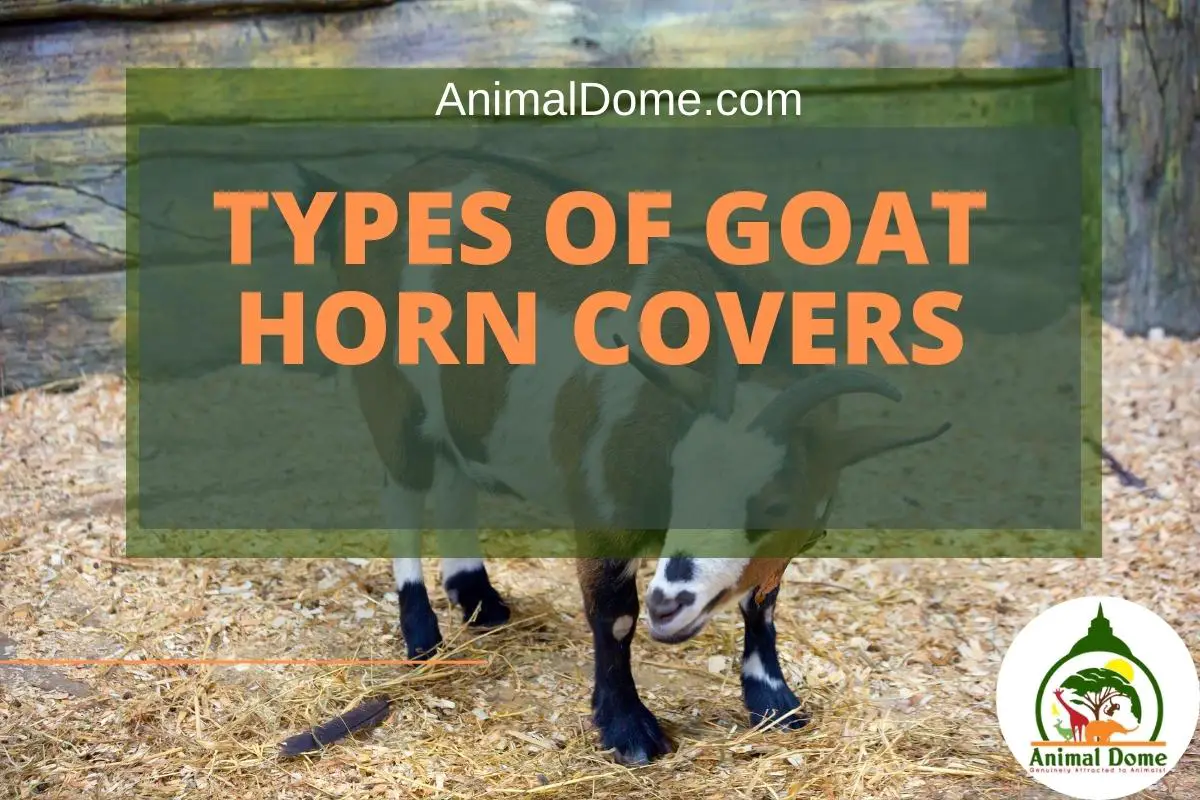Is your Great Dane acting uncomfortable or restless? If your Great Dane’s behavior is changed and their stomach is swelled, he might suffer from bloat, also known as GDV (Gastric Dilatation-Volvulus). Bloat is the number one disease that affects Great Danes badly. According to research, almost 40% of all Great Danes face bloating in their lifetime.
Sadly, 15% of Great Danes die from this painful disease. This disease is not entirely preventable, but you can follow a few tips to prevent the chances of developing this deadly and potentially painful condition.
Your Great Dane can become severely ill or even die within hours due to bloating, so it is essential to recognize the symptoms of bloat and the importance of treatment. That will give your Great Dane a chance of survival.
What is Bloat in Great Danes?
Bloat (Gastric Torsion, Twisted stomach) is a life-threatening medical and surgical emergency that affects any dog, including Great Danes. This condition is related to the stomach, leading to deadly shock if not treated. The gas plugs up in the stomach when bloat occurs, making it twist. Then the blood supply is cut off to the gut, blocking the food and gas from discharging.
In this disease, the spleen can also get twisted and lose circulation, which blocks the central veins at the back end of the body and stop transferring blood to the heart. Bloat is extremely painful for dogs and can kill in just a few hours without treatment. So, pet owners need to know the signs and methods to prevent it.
What Causes Bloat in Great Danes?

This question puzzled the vets when they identified bloating in dogs. Well, the air gathered in the stomach and twisted the volvulus part of it. But, veterinarians don’t know whether the air buildup causes the twist or the twisted stomach causes buildup. However, the research continues still.
What Factors Increase the Bloat Risks?
Great Danes are more prone to bloat than other dog breeds. Here are the factors that increase the risk of bloating in Great Danes:
- Age: After age three, the risk increases by 25% annually.
- Gender: The higher percentages of bloat are in male Great Danes than in females.
- Personality: Great Danes with aggressive or fearful personalities have more high rates of bloat in contrast to those with joyful temperaments.
- Deep Narrow Chest: Further space allows the stomach to move freely.
- Weight: Underweight Danes expose a higher rate of bloat than healthy weight counterparts.
- Pedigree: Great Danes with a family history of bloat is at greater risk.
- Eating: Fast eaters encounter more cases of the bloat because extra air is swallowed while eating.
Remember that the above risk factors originate from a study driven by Dr. Larry Glickman, a veterinary epidemiologist at the Purdue University School of Veterinary Medicine. The study targeted canine bloat by tracking 1989 dogs to recognize risk factors.
Is Bloat in Great Danes Curable?
Bloat emergencies should be treated quickly to determine their seriousness. Bloat is curable if treated straight away. Simple bloat can be managed sometimes without medication, such as if the Great Dane’s stomach is not twisted. But it still needs such as liquid or other aids. Other stages of bloat are also curable if treated at the beginning that requires immediate surgery.
Symptoms of Bloat in Great Danes
Bloat develops without alerting and can increase rapidly. Identifying the early symptoms is critical to enhancing the chances of survival of your Dane. Symptoms in the early stages of bloat are:
Stomach Swelling
If you notice a swollen stomach of your Great Dane, which sounds like a drum by flicking. That means there is gas in the stomach. Swelling is the apparent sign of bloat, but it is challenging to spot bloating in Great Danes due to their giant size. If you are dubious that your Great Dane stomach is swollen, consult the vet instead of waiting for other symptoms.
If you treat bloat early, the chances of survival will increase. Boosting stomach pressure might cause swelling, stopping the blood supply to the abdominal, organ failure, and breakdown from significant blood pressure and electrolyte swings.
It also blocks the stomach from becoming sealed full of gas, minimizing blood supply to main organs, contamination growth in blood flow, and death from contamination buildup and low blood pressure.
Pale Gums
Check your Great Dane’s mouth by lifting up his lips. Examine its gums, as they must be a healthy pink color. After that, press the gums with the finger and then release. If the color of the gums returns to pink color that’s okay.
But if you notice pale gums and, after pressing, the gums remain white, the Great Dane might have bloat. Get medical treatment immediately if your Great Dane gums are oddly white, bright red, or blue.
Rapid Pulse and Breathing
Your Great Dane might have bloat if it’s breathing rapidly and heavily. It will look like your dog is gasping rather than breathing. Your dog also has bloat if his pulse gets fast during exercise. Your Great Dane’s heart rate is regular if it beats one per second. He must breathe every two seconds while resting.
Excessive Saliva
If your Great Dane has excessive saliva and is drooling heavily, he has bloat. It happens when the stomach is blocked, and the swallowed saliva does not have any place to go. Excessive saliva causes nausea which is linked to the inability to vomit. You might also observe Great Dane’s dry retching. If your Great Dane has eaten now but is still dry, then contact the veterinarian immediately, as it is the definitive symptom of bloat.
Unproductive Retching
Bloating also begins in Great Danes with retching or trying to vomit with little dispense. It is actually not vomiting but a discharge of thick, straggly saliva. Unproductive retching is an urgent indicator of bloat in Great Danes.
Pacing and Restlessness
Bloat makes Great Danes uncomfortable. If you cannot see the swollen stomach or are in pain, you may notice them pace restlessly and cannot lay down. This behavior indicates that your Great Dane is in an early bloat stage, which is why he is distressed.
Remember that your dog can die due to bloat quickly, so if you see these signs, immediately take them to the veterinarian. That’s not a “let’s wait for morning condition.”
How to Diagnosis Bloat in Great Danes?

Here you can get diagnosis bloat in your Great Danes:
Monitor Great Dane’s Behavior
Your Great Danes might be unsettled and uncomfortable in bloat. He will look anxious, and you’ll notice swelling in the stomach due to gas. Your Great Danes will become extremely distressed as the bloat increase. He might howl to state his pain.
If the bloat is not treated, Great Danes will be shocked, and their circulatory system will fail. Usually, bloat is related to a freshly eaten meal. If your dog becomes anxious after eating, the diet does not suit him.
Consult your Veterinarian
If you doubt your Great Dane has bloat, contact the vet immediately. Discuss your dog’s symptoms with the veterinarian. However, early treatment is essential, so you must get medical attention as soon as you notice bloat symptoms. Around 33% of dogs die due to bloat even after vet care, so early treatment is crucial.
Take a Physical Examination
The vet will examine your Great Dane by touching the stomach for symptoms of gas buildup and also check the shock symptoms. If bloat founded, the vet will enter a large bore catheter into the Great Dane’s stomach, where the excessive gas buildup.
The catheter will eradicate the immediate pressure. If an unpleasant-smelling gas comes out of the catheter, your Dane might have bloat.
Get Additional Testing
The vet will also confirm the bloat diagnosis with further testing. The veterinarian will take an X-ray of the Great Dane’s front abdomen in one test. Your dog might have bloat if the stomach is delated with gas and milled tissues are moving through it in the X-ray.
The vet might take an ultrasound to check the spleen of your dog. It is more likely that the veterinarian will recommend Gastropexy surgery to relieve stomach pressure.
What are the Causes of Bloat in Great Danes?
Well, veterinarians are unsure about the causes of bloat but here are some things that risk bloat in dogs such as:
- Having a large meal in a day
- Exercise after eating
- Excessive eating or drinking
- Feeding in a raised food bowl
- Eating rapidly
- Other pooches that had bloat issues
- Stress
How do I Prevent Bloat in my Great Danes?
You should feed your Great Danes a little and low-fat diet. Also, avoid strenuous exercise immediately after eating a meal. Use a slow-feeding bowl to stop your Great Danes from eating faster. Also, Great Danes must maintain a healthy weight because underweight and overweight dogs are more sensitive to bloat.
Should I give my Great Danes Gastropexy?
Gastropexy is a surgery to attach the outer gut lining to the body wall. Although this surgery will not prevent Dane’s stomach from rotating completely, it will limit the movement of the stomach and reduce the risk of bloat. So, Gastropexy is a preventative surgery rather than a complete treatment of bloat.
What Dog Breeds More Prone to Developing Bloat?
Any dog can face bloat, but giant breeds with narrowed-deep chests, such as Great Danes, German shepherds, Mastiffs, Weimaraners, Labradors, and St Bernards, are more susceptible. Sometimes, these breeds need Gastropexy at a young age to prevent bloat.
FREQUENTLY ASKED QUESTIONS
What Foods lead to Bloat in Great Danes?
No tested food leads to bloat in Great Danes. However, diets containing high fat or oil put Danes at higher risk of bloat. Furthermore, excessive water or food at one go increases bloat risk.
What should I do if my Great Dane has a Bloated Stomach?
Give him pain relievers, antibiotics, and fluids with electrolytes if your Great Dane has a bloated stomach. This will minimize the pain and shock. Also, protect the other organ tissues from dying cause of blood flow blockage.
Can Great Dane Bloat Cure on its Own?
Dog bloat often gets better on its own. Bloat can still be deadly, but it depends on the condition and stages of bloat, whether it is severe or not.
What is the First Bloat Sign in Great Danes?
Usually, bloat happens without any warning. Your Great Danes might pant, try to vomit, pace, or drool. Other signs include discomfort and anxiety. In extreme cases, Great Danes could faint, have a rapid heartbeat, and even expose pale gums.
Does Dry Dog Food Causes Bloat in Great Danes?
Dry dog food can lead to bloat in Great Danes if they overeat in one go or if your dog exercises immediately after eating. Although, human or wet food can also cause bloat and stomach movement.
What is the Duration of Food Bloat in Great Danes?
Usually, bloat does not last more than 24 hours if you do care and hydration therapy for your dog. Although, do not let your Great Danes get harmful food sources, and take necessary precautions for exercise.
Why is my Great Danes Belly Bloated?
Your Great Danes belly is bloated cause of gas-filled in the stomach. That results in gut enlargement by blocking blood flow and digestion.
How do I Treat Bloat in my Great Danes at Home?
If your Great Dane suffers from mild bloat, it can be treated at home. The veterinarian will advise the owner to stop food for 24 hours, take your Danes on walks, and restrict the water intake to a small quantity daily.
Is it possible for Great Danes to Bloat if they Drink too much Water?
Drinking excessive water at one time, especially during exercise, causes bloat or GDV. You should offer a small amount of water and restrict drinking after heavy exercise. Placing small bowls of water in the home will prevent your Great Danes from gulping too much water directly.
Wrapping up
Ultimately, we cannot prevent all circumstances of bloat. But by executing the above methods, you can reduce the bloat risk in your Great Danes. If your Great Dane exposes symptoms of bloat, immediately take your pooch to the vet or an emergency pet clinic. We hope this article is helpful for you.
For any suggestions or questions, comment below. I’d respond as soon as possible. Also, please share this article with your friends to help them to deal with their Great Dane’s bloat. Thanks for reading!
Checkout our these Guides:




